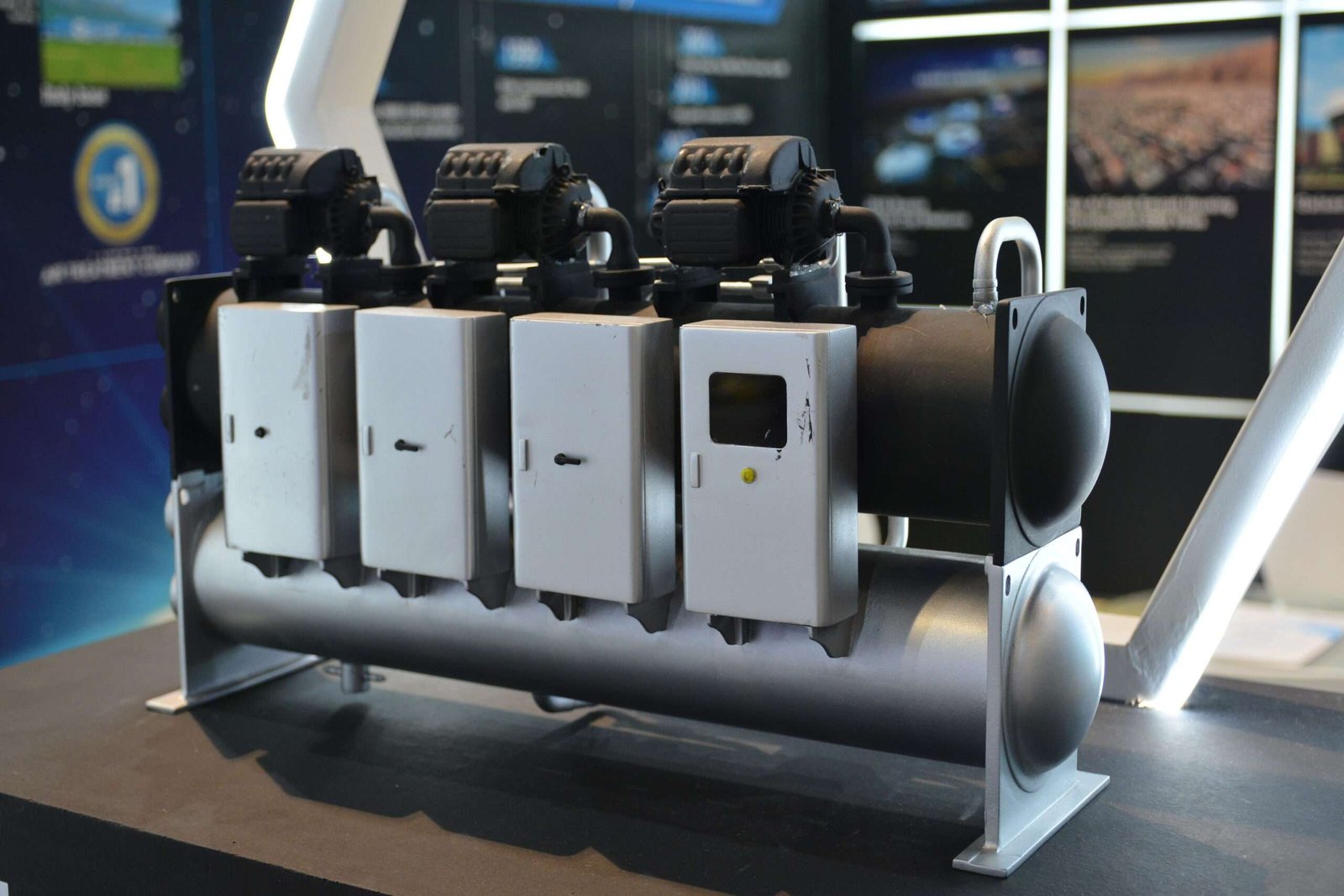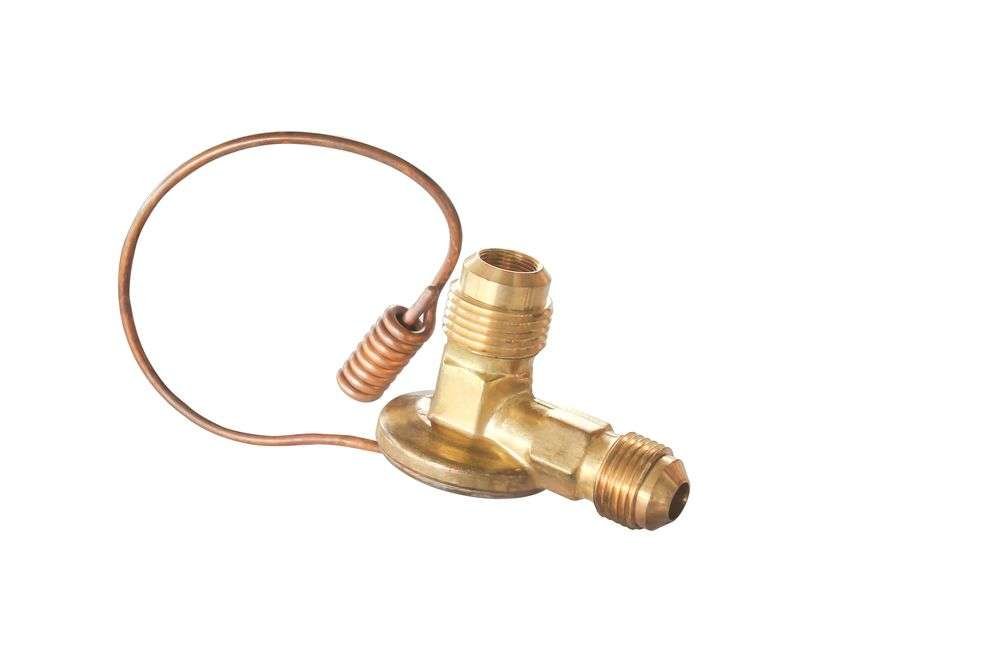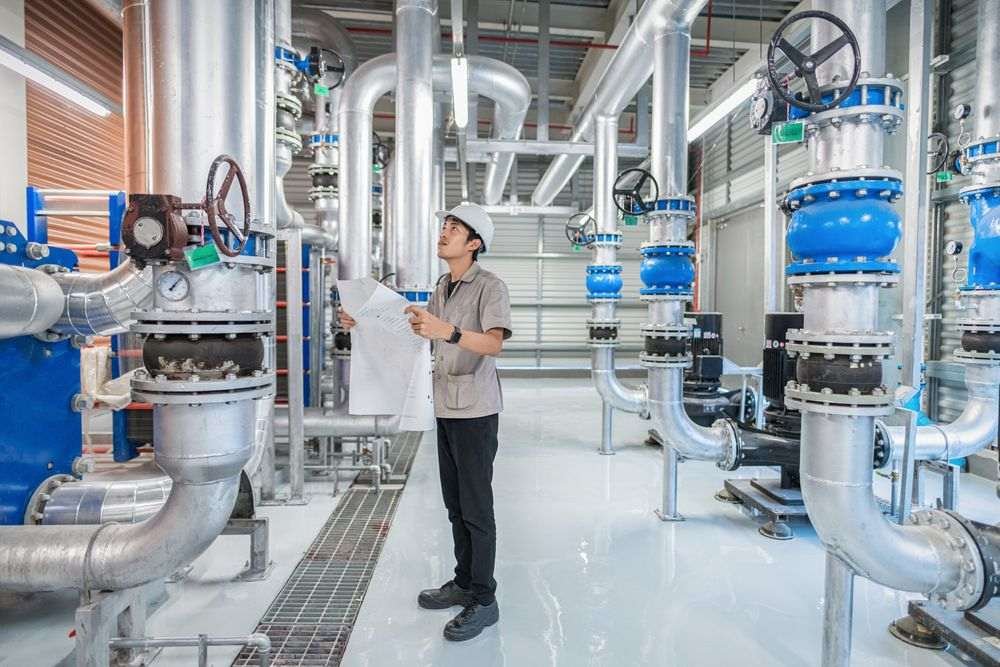How does geothermal air conditioning works step by step
Geothermal air conditioning systems reduce hazardous carbon emissions rages on, and more homeowners and commercial property owners are increasingly adopting geothermal heating and cooling systems.
Did you know you can effectively cool your home by relying on renewable energy underneath your backyard? Yes, that’s possible with geothermal HVAC systems.
That is to say, one way to cool your home or commercial property more efficiently and sustainably is to turn to geothermal air conditioning. Even the Environmental Protection Agency (EPA) agrees geothermal systems are more efficient than gas-powered and oil-powered conventional HVAC systems when it comes to cooling your space. Amazingly, they are also significantly cost-effective.
Despite the name “geothermal” associated with heating, geothermal air conditioning systems do an excellent job at cooling your building as much as they heat it.
Tired of the conventional HVAC cooling systems and looking for some fresh inspiration? Well, how about some geothermal cooling?
Come along as this article demystifies this supposedly controversial concept. Here, you will learn what geothermal air conditioning systems are, their main components, how they work, and the types available in the market for your selection.
Keep scrolling.
What is a geothermal air conditioning system?
Although geothermal energy relates to heating functions, it equally carries significant cooling potential.
Thus, think of a geothermal air conditioning system as a cooling system powered by free renewable geothermal energy and also known as Ground Source Heat Pumps (GSHP). These eco-conscious systems essentially cool your space by extracting hot air and exchanging it with cool air from the ground. How? You wonder.
Did you know the ground can effectively maintain a constant temperature throughout the year? That means during winter, the environment can turn into a heat source and a heat sink during hot summers.
Based on that tenet, the ground or earth thus becomes a reliable source of cold air when summer scorches come rolling. In other words, geothermal air conditioning systems rely on heat exchanges between the ground and the attitude to provide sustainable cooling to your building.
That said, studies have shown geothermal systems can help to reduce utility bills by between 30% and 70%. Thus, they are proving to be more worthy investments than their conventional counterparts.
What are the types of geothermal air conditioning systems?
For heat exchange to occur, geothermal AC systems feature loops installed underground to harness the heat effectively. Despite harnessing heat, geothermal systems are designed with dual abilities to support heating and cooling. Thus, based on the loop arrangements, geothermal AC systems can be classified as:
Closed loop systems
These geothermal AC systems are ideal for properties sitting on moist soil or near a lake or pond. They often use copper or high-density plastic pipes installed in closed loops, hence the name. They are either submerged in the pond or lake or buried underneath the ground.
During summer, the compressor channels water or refrigerant through the pipes helping transfer heat from your building to the ground.
Open loop systems
Open loop geothermal AC systems are ideal for properties close to a healthy pond or lake. Like closed loop systems, they channel the healthy water through pipes, except the water ends up back at the source instead of circulating over and over again within the same pipe network.
The well or surface water acts as the heat exchange fluid to transfer heat from your geothermal air conditioner and keep your indoors cool. With each cycle, the water passes through the system, regulates the temperature accordingly, and then returns to the ground through the well.
Horizontal systems
As they involve a lot of digging, horizontal geothermal AC systems are ideal for properties sitting on expansive land. The layout consists in burying pipes filled with refrigerant or water in horizontal trenches several feet deep and wide.
The closed loop pipes allow the refrigerant or water to circulate continuously through the loop. As the liquid moves, it effectively facilitates heat exchange between your indoors and the ground. Being low-cost, horizontal geothermal AC systems are ideal for new additions or constructions.
Vertical systems
In cases of large commercial buildings or shallow soil, vertical geothermal AC systems come in handy. The installation process should not disturb the existing landscape.
Vertical holes have to drill a few feet apart and several feet deep. U-shaped pipes are then inserted into each hole to form a loop. Each vertically-looped conduit then links to another horizontal line, usually called a manifold, buried in a trench and leads to the cooling system.
What are the components of a geothermal air conditioning system?
A geothermal air conditioning system relies on the interconnection and interoperability of three major components for transferring heat, namely:
Geothermal heat pump
The geothermal heat pump comes as a packaged unit in a single cabinet. Inside the cabinet are a compressor, heat exchanger, and several controls. Essentially, the heat pump transports heat between your building and the refrigerant or water in the earth connection.
In residential installations, the technician will typically place the heat pump cabinet inside a closet, attic, or basement. For commercial buildings, it will mostly sit over a suspended ceiling.
Earth connection
The earth connection is responsible for transferring heat between the fluid ferried and the earth. It may be linked to additional pipes or loops to improve cooling efficiency or supply different areas of a building individually.
Distribution subsystem
The distribution subsystem is the laid-out network for cooling or heating your building. The network typically involves specially installed ductwork. The size, construction and seal (insulation) of ducts should ensure system efficiency.
How does geothermal air conditioning work?
At the core, a geothermal air conditioning system works similarly to a conventional AC except with different heat sinks. While they both absorb heat from the indoor air and transfer it outdoors, conventional AC heat pumps dump the hot air outside, whereas a geothermal heat pump releases the absorbed hot air to the ground.
Furthermore, as opposed to a conventional furnace that produces heat to warm a space, the geothermal air conditioning system transfers heat from one point to another.
Like the conventional AC system, the geothermal AC system features a heat pump comprising several components: condenser, compressor, evaporator, and expansion valve.
The cooling cycle starts with the cool refrigerant entering the indoor coil. The refrigerant absorbs the indoor heat as warm indoor air passes over the cooling coil. The new perspective that’s cooler and drier is then channelled back into the building using a blower fan.
The warm refrigerant then proceeds to the compressor, pressuring enough to move through the system. At high pressure, the liquid refrigerant becomes hot. The hot vapour heads to the underground loops, which act as condensers. Here, the hot refrigerant releases all its heat to the more excellent ground before turning back into a liquid.
From there, the high-pressure liquid moves to the expansion valve, where the pressure is lower. The cool refrigerant then enters the evaporator to pick up more room heat. The cycle continues until the building is desirably cooled.






